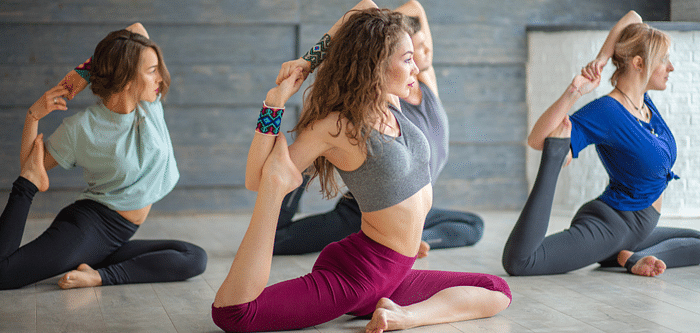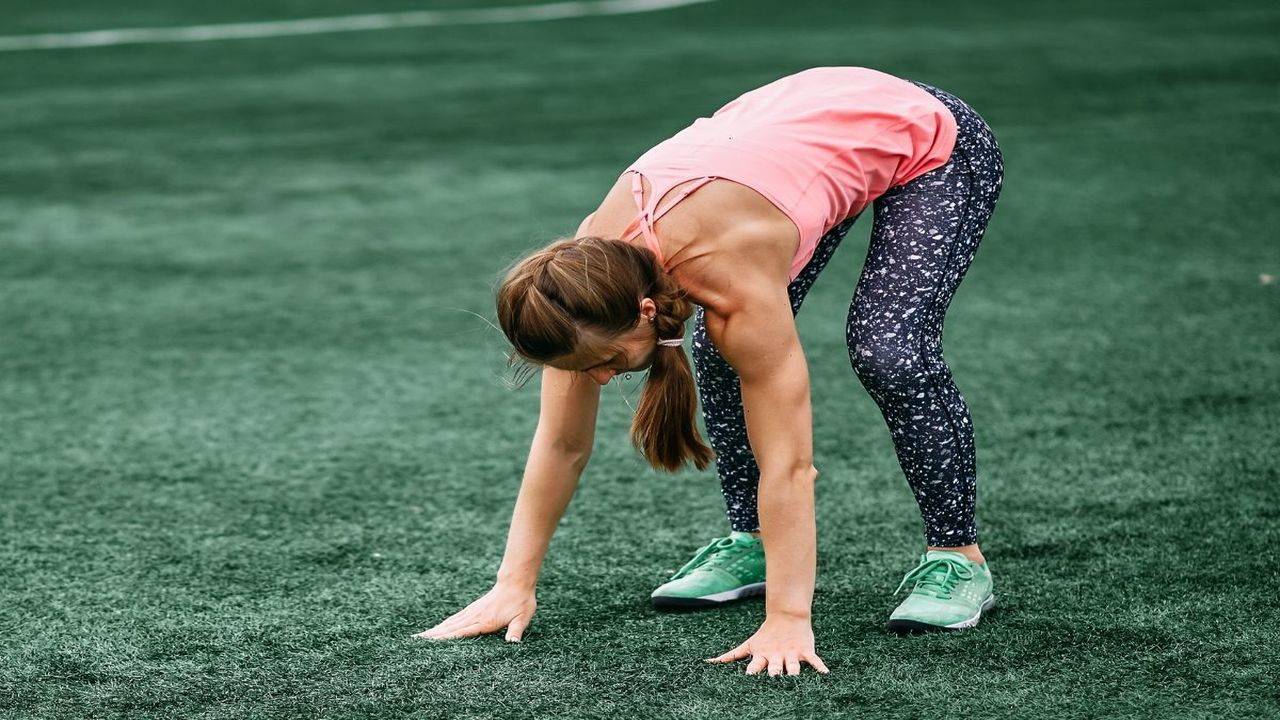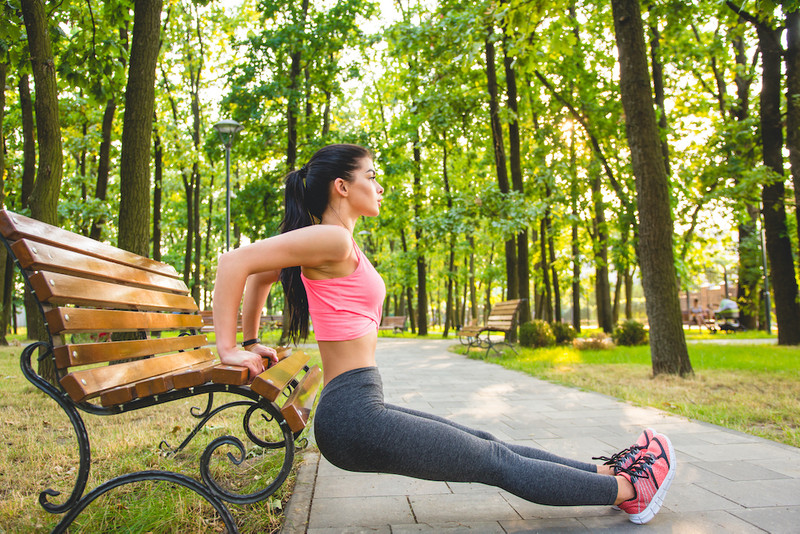If you’ve got weight loss on your mind but dread the idea of fancy gym machines or doing burpees until you can’t breathe, here’s some good news—brisk walking is one of the easiest, most underrated ways to torch calories.
A lot of people shrug it off because it looks so simple. No sweat-drenched workouts, no complicated gear. But the truth is, walking can seriously help you slim down—if you know how to make it work for you.
So grab your comfiest sneakers, leave the excuses at the door, and let’s get into 5 smart ways to turn your daily walk into a legit fat burner.
Why Walking Works Better Than You Think
Before jumping into the tricks, here’s why walking deserves more respect.
It’s easy on your joints, you can do it anywhere, and it helps clear your head after a long day. Plus, you can adjust the intensity to match your fitness level. Fast or slow—it all adds up.
Walking burns about 200–400 calories an hour depending on your speed, weight, and terrain. Not bad for something that doesn’t make you feel like you’re dying mid workout.
1. Add Intervals To Your Walk
You’ve probably heard of interval training for running or cycling, but the same idea works wonders for walking too.
Instead of keeping the same pace, switch it up. Walk normal for 2 minutes, then power walk or pump your arms for 1 minute. Repeat this pattern the whole time.
These short bursts raise your heart rate and push your body to burn more calories in less time. You’ll get the same benefits as a longer slow walk but in half the time—and you might even enjoy it more because it keeps your mind busy.
How to try it:
- Warm up with a 5-minute easy pace.
- Do 1 minute fast, 2 minutes normal.
- Repeat 6–10 times.
- Cool down with a slow 5-minute stroll.
2. Take The Hills Or Stairs
Flat paths are fine, but if you want to bump up the burn, add some incline. Walking uphill fires up your glutes, hamstrings, and calves way more than flat ground does. Plus, your heart has to work harder—extra calorie burn without extra time.
No hills in your neighborhood? Stairs work too. Even a few sets of stairs mid walk can crank up the effort. You’ll feel it in your legs fast.
How to try it:
- Pick a hilly route for part of your walk.
- Or find a safe set of stairs. Do 2–3 sets of walking up and down during your walk.
- Keep your core tight and shoulders back to protect your back.
3. Use A Weighted Backpack
This one’s simple but sneaky effective. Adding a bit of extra weight makes your body work harder at the same speed. A small backpack loaded with books or a water bottle does the trick.
You don’t need to carry a ton—just enough to add gentle resistance. Think of it like a walking version of a weighted vest, but easier to put together.
How to try it:
- Fill a small backpack with 5–10 pounds.
- Keep the straps tight so it doesn’t bounce around.
- Walk at your normal brisk pace and notice the difference.
Bonus—carrying weight can also strengthen your core and back muscles over time.
4. Mind Your Posture And Arms
This tip sounds boring but it matters more than people think. If you want to burn more calories, your walking form has to help you move efficiently.
Stand tall, keep your shoulders back, tighten your core, and swing your arms like you mean it. The bigger your arm swing, the more muscles you activate—shoulders, back, abs. That means more calories burned without going faster.
Many walkers shuffle along looking at their phones. Not you. Head up, eyes forward, arms driving back and forth. You’ll feel the difference after just a few walks.
How to try it:
- Every few minutes, check in with your posture.
- Are your shoulders relaxed but pulled back?
- Are you swinging your arms naturally?
- Is your belly button pulled in slightly to engage your core?
These small checks add up to big benefits.
5. Make It Longer Or Add Steps Throughout The Day
This last one is simple math—more steps mean more calories gone. If you can’t make your walk faster or harder every day, try making it longer or sneak in extra steps during your normal day.
Instead of stressing over squeezing in a 60-minute walk, split it up. Walk 30 minutes in the morning and 30 in the evening. Or park a little farther from work, take the stairs instead of the elevator, and pace while you’re on phone calls.
All these extra steps might not feel like much but they add up big time over weeks.
How to try it:
- Track your daily steps for a week. Use a fitness tracker or your phone’s health app.
- Aim to add 500–1000 steps more each week until you hit your goal.
- For weight loss, 8000–10000 steps a day is a great sweet spot for most people.
Small Tips To Keep Walking Fun
The best part about brisk walking is it’s easy to stick with. But here are a few extra ways to keep it interesting.
- Make a killer playlist—upbeat songs help you walk faster.
- Find a walking buddy—it makes the time fly.
- Try podcasts or audiobooks. Learn something while you burn calories.
- Change your route sometimes. New scenery keeps it fresh.
- Reward yourself when you hit your weekly goals—new shoes, a healthy treat, anything that keeps you motivated.
The Bottom Line
Weight loss doesn’t always need brutal workouts or an expensive gym membership. Brisk walking works—and it works well when you know how to get the most out of it.
Add some hills or stairs. Throw in intervals. Grab a backpack. Fix your form. Walk a little longer or sneak in extra steps. Do these things consistently and you’ll notice your clothes fitting better, your mood lifting, and your energy going up.
So tie your laces, pick a route, and get going. One brisk walk at a time, you’re already ahead.










